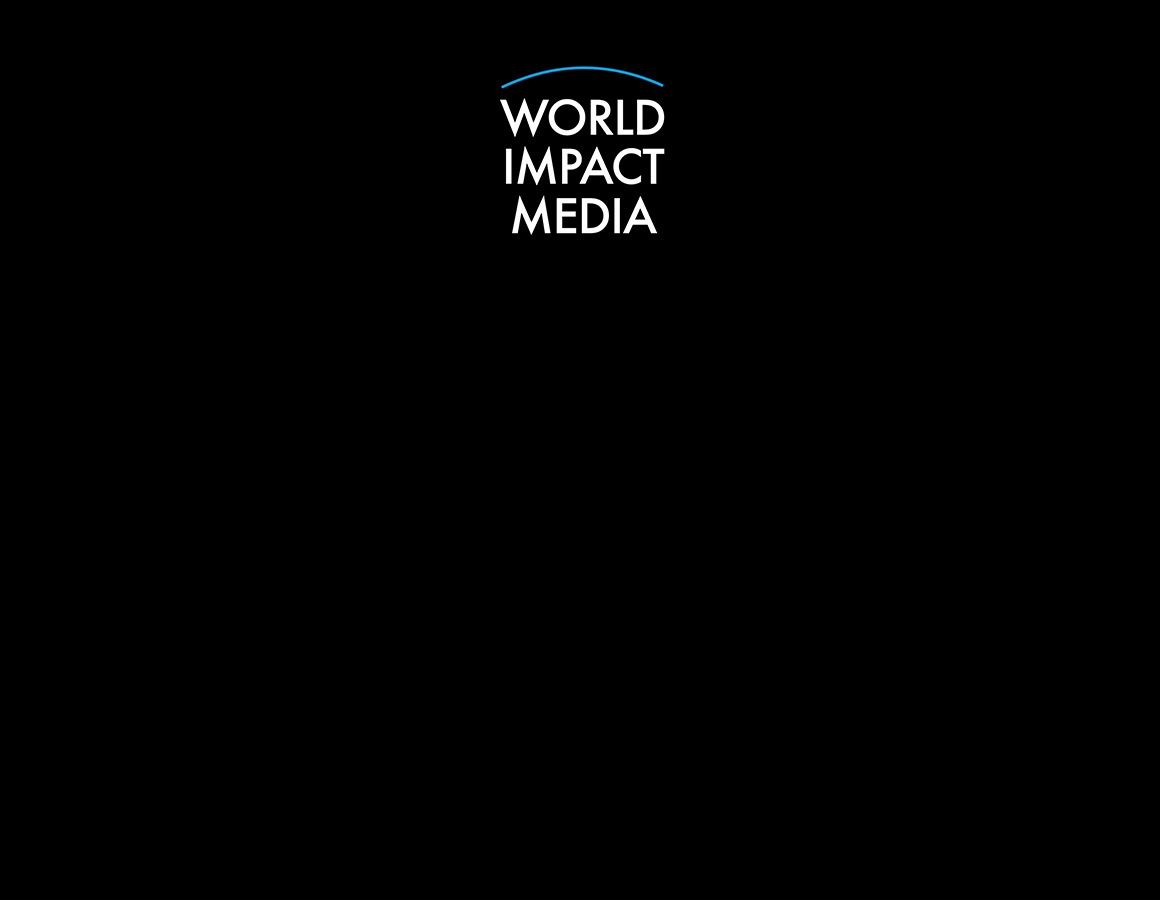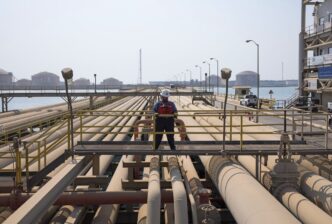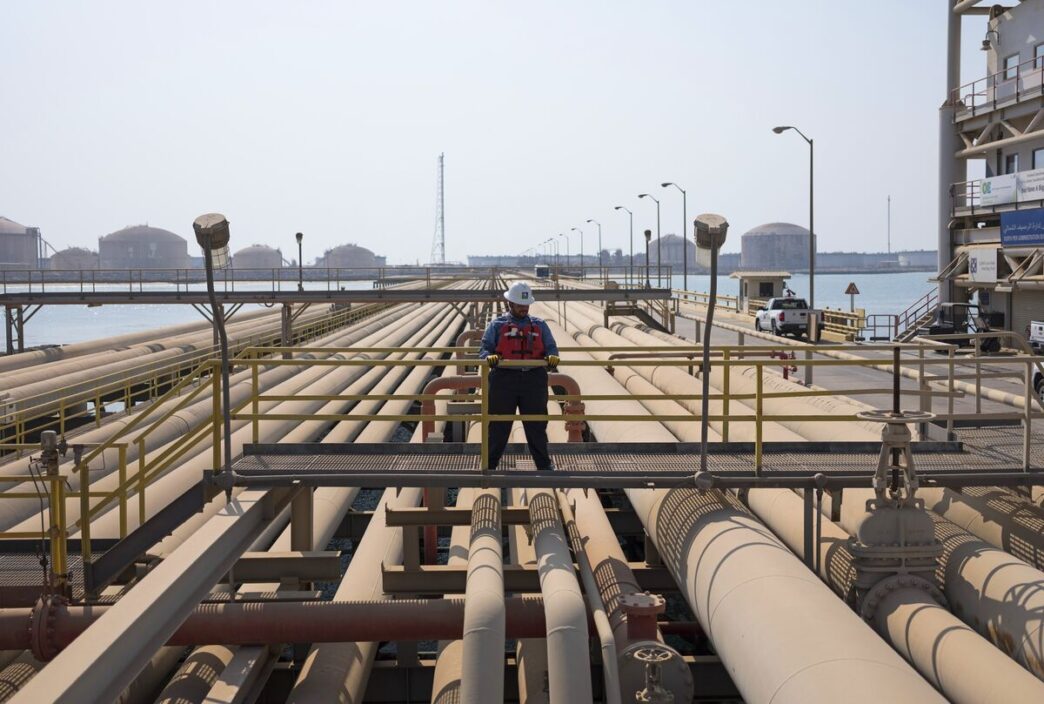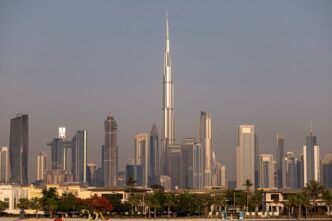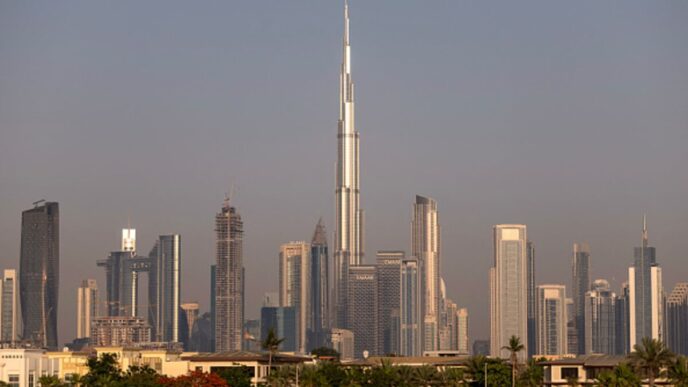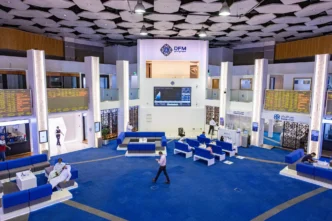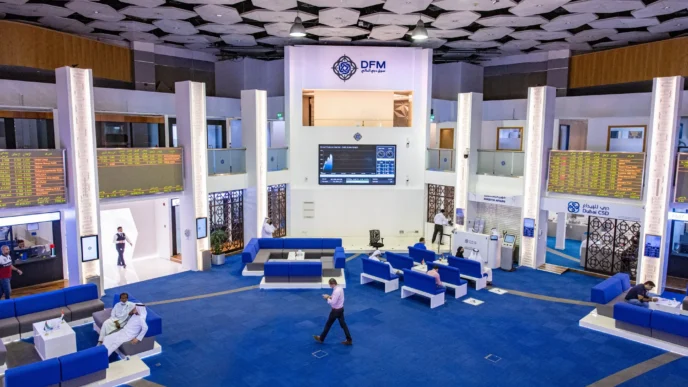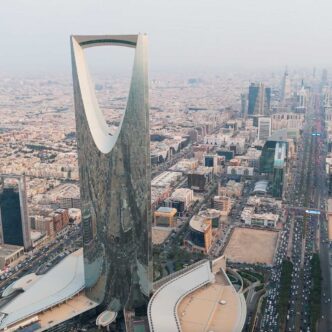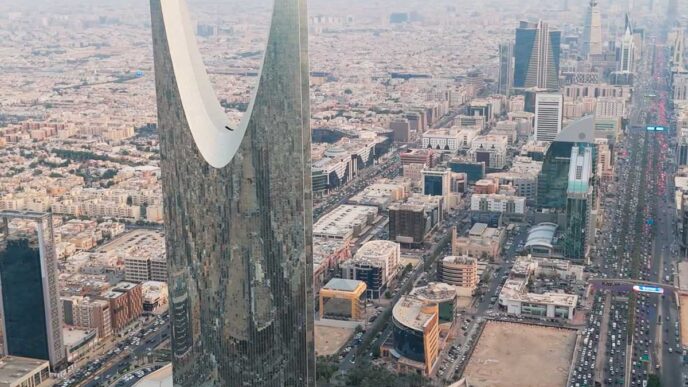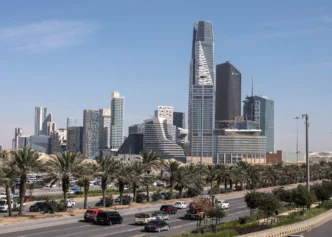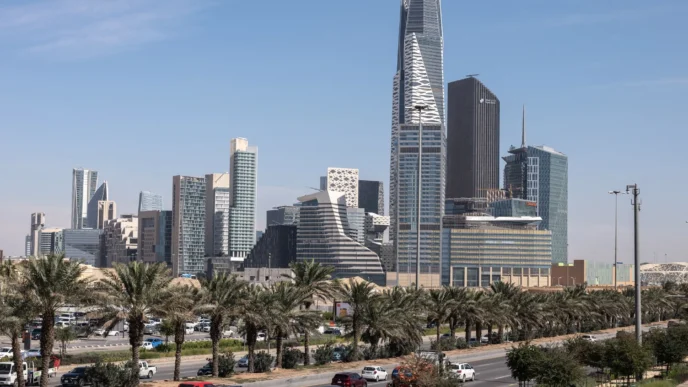Saudi Arabia’s economic trajectory remains deeply tied to the health of global oil markets, according to a new assessment from the International Monetary Fund (IMF). Despite the kingdom’s loud push to diversify its economy through its ambitious Vision 2030 transformation plan, Riyadh’s fiscal sustainability and budget outlook are still highly dependent on crude oil recovery and production growth.
As the world’s largest oil exporter prepares to ramp up output following a coordinated supply strategy with OPEC+, the IMF cautions that Saudi public finances could remain under pressure unless oil prices rise and stabilize above fiscal breakeven levels.
Oil Still Dominates Saudi Economy
Saudi Arabia’s non-oil economy has shown solid growth over the past two years, driven by investment in tourism, infrastructure, sports, and technology. Yet oil revenues still account for nearly 80% of government income—highlighting how central crude remains to fiscal planning.
Saudi policymakers have pursued high public spending to fund giga-projects like NEOM, The Line, and Qiddiya, along with major investments in defense, education, and sovereign wealth initiatives via the Public Investment Fund (PIF).
However, this spending has consequences. Saudi Arabia has already shifted back into a budget deficit, forcing the government to rely more heavily on bond issuance and fund transfers from reserves.
IMF Outlook: Oil Recovery Is Critical
According to IMF projections:
- Saudi Arabia needs oil prices between $85 and $90 per barrel to balance its 2025 budget.
- Any drop in prices below that range risks wider deficits and increased borrowing.
- While Saudi Arabia plans to raise oil production in 2025, global demand uncertainty still clouds long-term forecasts.
The IMF report noted:
“While progress on economic diversification is visible, the kingdom’s fiscal stability continues to be closely linked to oil market dynamics. Stronger energy revenues are essential to sustain public investment momentum.”
High Spending Pressures Continue
Saudi Arabia is not slowing down on spending. Under Crown Prince Mohammed bin Salman (MBS), the government views public investment as the engine of economic transformation. But the IMF warned that spending commitments are rising faster than revenue growth, creating long-term vulnerabilities.
Key fiscal challenges identified by the report include:
| Challenge | Impact |
|---|---|
| High capital spending | Growing deficits |
| Oil volatility | Revenue vulnerability |
| Expanding sovereign projects | Funding pressure |
| Public employee costs | Budget rigidity |
| Growing debt issuance | Interest burden risk |
To stabilize finances, the IMF urged Saudi Arabia to accelerate tax reform, expand non-oil exports, and support private-sector job creation.
Riyadh Responds: “Transformation Will Continue”
Saudi officials pushed back on concerns, arguing that their strategy is long-term and calculated. Finance Minister Mohammed Al-Jadaan emphasized:
“Short-term deficits are part of a planned fiscal trajectory. Investment now will drive sustainable growth later. We are building a diversified, resilient economy.”
Saudi Arabia has highlighted progress in:
- Tourism revenue, now approaching $40 billion yearly
- Manufacturing expansion, particularly in defense and EVs
- Gaming and entertainment industry investments
- Logistics sector aimed at becoming a global trade hub
The non-oil economy grew 3.4% in 2024, according to official estimates, evidence that diversification is accelerating.
Oil Market Uncertainty Remains
However, Saudi Arabia can’t escape the global energy equation. Several factors threaten crude revenue over the next 12–18 months:
- Slowing Chinese industrial demand
- Rising U.S. shale production
- Potential Middle East geopolitical disruptions
- Increasing global energy transition policies
Brent crude prices have swung from $95 to $72 per barrel within months—illustrating the volatility that continues to challenge Saudi fiscal planning.
The PIF Safety Net
The government has relied heavily on the Public Investment Fund (PIF) to anchor economic development. With assets estimated around $925 billion, the PIF has become a major global investor in technology, sports, clean energy, and infrastructure.
Yet the IMF cautioned that dependency on the PIF as a fiscal buffer carries long-term risks:
- Asset liquidity constraints
- Exposure to investment losses
- Concentration in high-risk sectors
Analysts warn that Saudi Arabia needs to carefully balance sovereign investment ambition with fiscal discipline.
Conclusion: Oil Still Makes or Breaks Saudi Arabia
The IMF’s message is clear: Saudi Arabia’s economic transformation is real—but unfinished. The kingdom’s ability to sustain its development strategy still depends on oil price recovery and stable energy revenue.
Unless Saudi Arabia accelerates tax reform, boosts exports, and reduces spending imbalances, it risks facing structural budget deficits once oil demand plateaus, potentially as soon as the early 2030s.
For now, Riyadh is betting that oil markets will rally—and that its massive investments will buy enough time to secure a diversified economic future.
